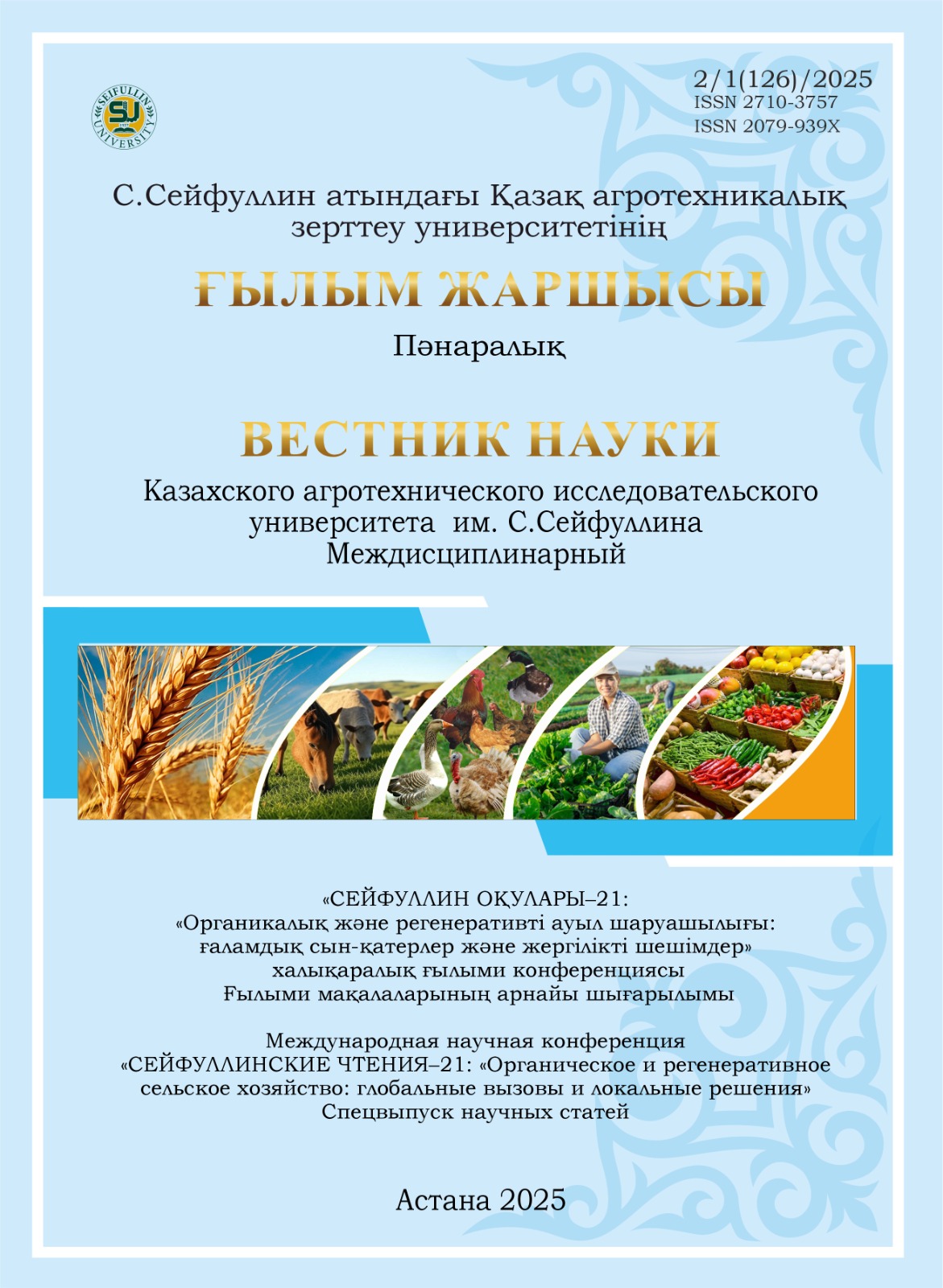Analysis of the scientific and technical level of standards in the field of production and circulation of organic products
DOI:
https://doi.org/10.51452/kazatu.2025.2/1(126).1970Keywords:
Organic products; production; turnover; standards; regulatory documents; legislation.Abstract
Background and Aim. This article presents a comprehensive analysis of the scientific and technical level of national standards of the Republic of Kazakhstan and the interstate standard regulating the processes of production, certification and circulation of organic products. Particular attention is paid to issues of terminological accuracy and the compliance of the concepts used with the current legislation of the Republic of Kazakhstan, including laws, by laws and technical regulations. A detailed assessment was conducted regarding the accuracy of references to regulatory documents, their relevance, applicability and legal validity. The degree of harmonization between national, interstate, international and regional standards was also examined.
Materials and Мethods. The study used current national standards of the Republic of Kazakhstan, interstate standards (GOST), international and regional regulatory documents in the field of organic production. The analysis was conducted using comparative legal and structural content approaches.
Methods included normative legal analysis, expert assessment of terminology, logical and semantic comparison, and evaluation of compliance with the requirements of international standardization and certification systems.
Results. The analysis revealed terminological and substantive inconsistencies, outdated references to repealed regulations, and insufficient alignment with international standards. The authors proposed specific recommendations for updating the standards aimed at enhancing their relevance, improving regulatory compatibility and supporting the sustainable development of the organic sector in the Republic of Kazakhstan. Conclusion. The study identified a number of inconsistencies and shortcomings in the current standards, including outdated terminology, gaps in the reference framework, and deviations from international best practices. These findings highlight the need for a comprehensive revision and modernization of the regulatory documentation to align it with the contemporary requirements of sustainable development and international trade. The proposed recommendations can serve as a foundation for further improvements to the standardizatio system in organic agriculture and for strengthening the confidence of both domestic and international market participants.

